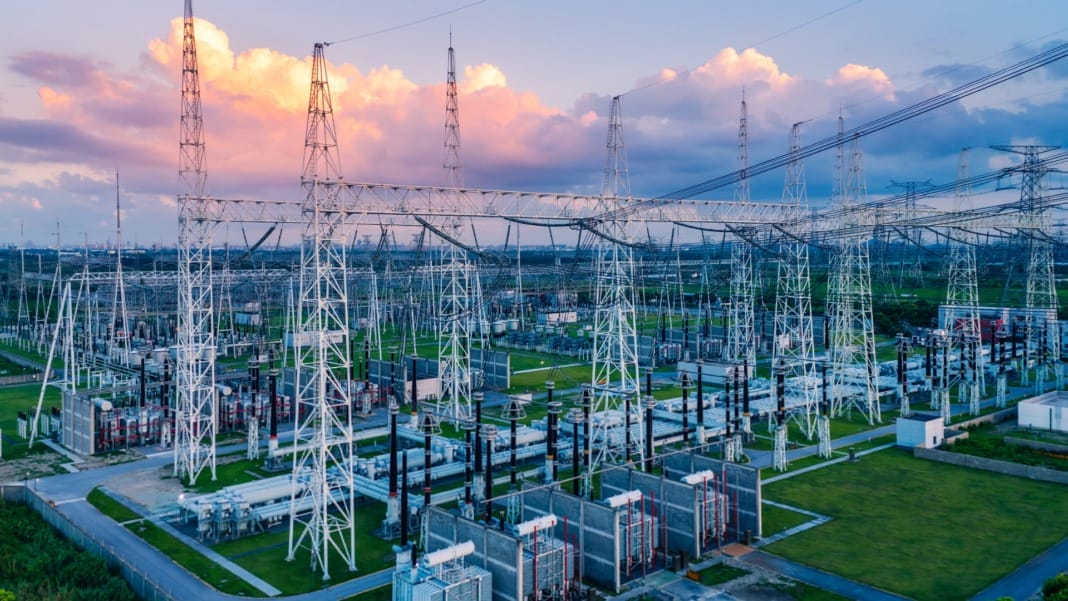Southwest Power Pool (SPP) and Hitachi have announced a new partnership to build an integrated AI-based solution that aims to address urgent challenges in the US energy grid. The project is designed to speed up generator interconnection processes by as much as 80 percent, while improving grid reliability and decision-making. The collaboration will also involve NVIDIA, whose accelerated computing platform will power the solution.
Tackling energy demand with AI and accelerated computing
The partnership comes at a time when electricity demand in the United States is growing by 2 to 3 percent annually, driven by the expansion of data centres, manufacturing, and electrification efforts. Data centres alone are projected to account for up to 12 percent of US electricity consumption by 2028, up from 4.4 percent in 2023.
To meet this rising demand, the US will need to reduce bottlenecks in its grid interconnection system. At present, more than twice the nation’s generated power—equivalent to 1.28 terawatts—sits in queue due to lengthy analysis and simulation studies required for new generators to connect to the grid. The new solution developed by Hitachi, SPP, and NVIDIA will apply industrial AI to these bottlenecks to shorten timelines and increase the efficiency of decision-making.
“This initiative is about reimagining the electricity production and distribution process through the lens of modern AI technology,” said Frank Antonysamy, Chief Growth Officer at Hitachi Digital. “The AI solution we’re all developing will provide real-time data access, enabling significantly quicker, better-informed decisions that increase ROI and improve access to power for the population.”
Integrated solution to support grid planning and resilience
The joint solution will combine multiple Hitachi technologies, including an AI-based power simulation algorithm, Hitachi Vantara’s integrated storage and compute platform Hitachi iQ, augmented simulation modelling, predictive analytics, and design and engineering services. The Hitachi iQ platform will serve as the foundation for the AI solution, leveraging NVIDIA’s computing, networking and software to run advanced simulations.
SPP, the regional transmission organisation covering a 14-state region, will guide the integration of these technologies. The solution is expected to enhance SPP’s ability to plan and manage grid operations more efficiently, improve emergency response capabilities, and accommodate new sources of power—including renewable and alternative energy.
“Our nation’s demand for electricity has risen sharply in recent years following a long period of slow growth,” said SPP President and CEO Lanny Nickell. “There are a lot of would-be power producers out there waiting to connect to the grid, but yesterday’s systems and technology haven’t been sufficient to enable us to bring incremental capacity online fast enough. It’s time to fix that.”
Marc Spieler, Senior Managing Director for the Global Energy Industry at NVIDIA, added, “Interconnection process acceleration is critical to meet the unprecedented demand on our grid. Using advanced NVIDIA accelerated computing and AI, Hitachi and SPP are helping speed interconnection studies to bring essential infrastructure online faster.”
A long-term roadmap for modern energy infrastructure
The partnership represents the first phase of a broader programme to modernise US energy infrastructure. Following the development of the AI solution for generator interconnection, the collaboration will also look at addressing challenges in alternative energy integration and power transmission capacity.
In parallel, SPP is overhauling its transmission planning processes from the ground up to align with current and future grid needs. These efforts, combined with the AI initiative, are expected to set new standards for long-term forecasting, grid-enhancing technology deployment, and infrastructure planning.
Phase one of the project is expected to conclude by winter 2025/26, and will cover the rollout of accelerated systems, optimised data management, and the launch of AI-powered simulation models.





